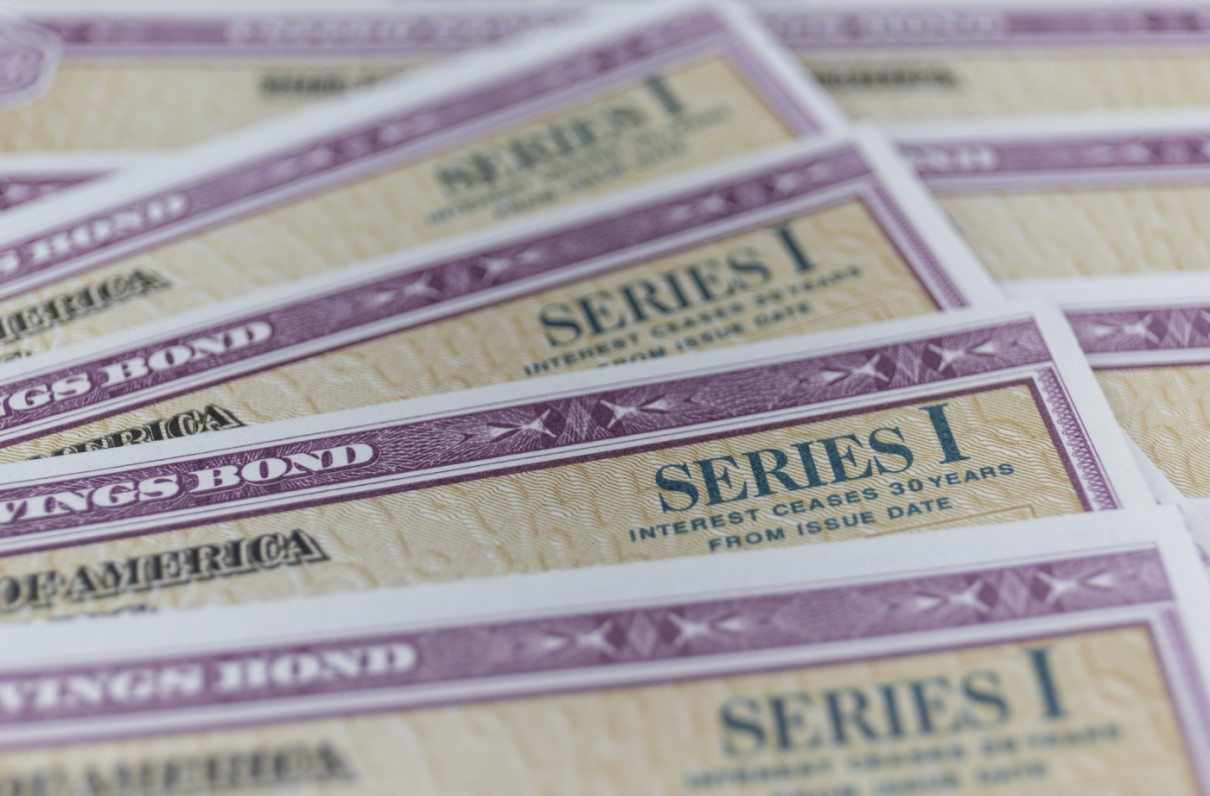With banks paying dismal interest rates both on certificates of deposit and savings accounts, and inflation rising at record-setting rates, many Americans want to know if there is somewhere “safe” they can put their money. A Treasury-issued Series I bond may be a possible solution, as long as you understand how these bonds work and how they could fit into your overall portfolio.
I bonds have been around since the late 1990s. They make a good hedge against inflation (in fact, the “I” in the name stands for “inflation”), because there are two interest rates you earn money from when you buy a bond: a fixed rate that never changes for as long as you hold the bond – currently this is 0% – and a separate, variable inflation rate that changes every six months based on the Consumer Price Index.
This means that the rate changes twice a year. The rate may be higher or lower, but the value of an I bond does not decline, and rates can’t drop below zero. Click here to see the history of both rates (PDF).
The Details
You can purchase I bonds electronically via TreasuryDirect or in paper form using your federal income tax refund via IRS Form 8888.
The bonds are sold at face value and earn interest from the first day of the month in the issue date. Interest is earned monthly and added to the value of the bond twice a year.
[RELATED: Take Advantage of These 5 Year-End Tax Tips]
Interest accrues until the bond reaches 30 years or you cash the bond, whichever comes first, but you won’t have access to the interest payments until you cash the bond.
I bonds don’t incur state and local taxes, but the owner of the bond will still owe federal tax on the earnings unless the money is used for qualified education expenses.
The Catch
You can’t redeem the bond until at least 12 months have passed and if you redeem the bond before it is five years old, you lose the last three months of interest.
And there’s a limit on how much you can buy in I bonds each year: $10,000 in electronic bonds per person via TreasuryDirect and up to $5,000 in paper bonds with your federal income tax refund. You can also purchase bonds for children under the age of 18 and, in some instances, for trusts and estates.
How I Bonds Might Fit Into Your Portfolio
The main benefit of I bonds is that they protect your cash from inflation. They aren’t a first choice for an emergency fund, since they are not immediately liquid, but they might play the role a certificate of deposit would since they can be cashed out after a year and rates of return are far higher than any current CDs. These bonds also could be part of a college savings plan.
I bonds are certainly another tool that you may access to achieve financial stability, but note that they are a form of saving rather than investing.
MOAA does not promote specific products or services and does not have tax or estate planning specialists on staff. Consult your tax specialist or estate planner on these issues.
MOAA’s Financial Calculators
Whether you’re planning for retirement, buying a home, managing your investments, or more, these tools can help you make informed decisions.

